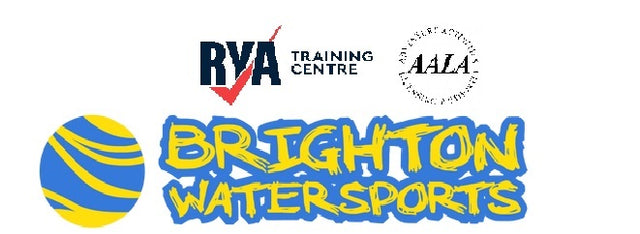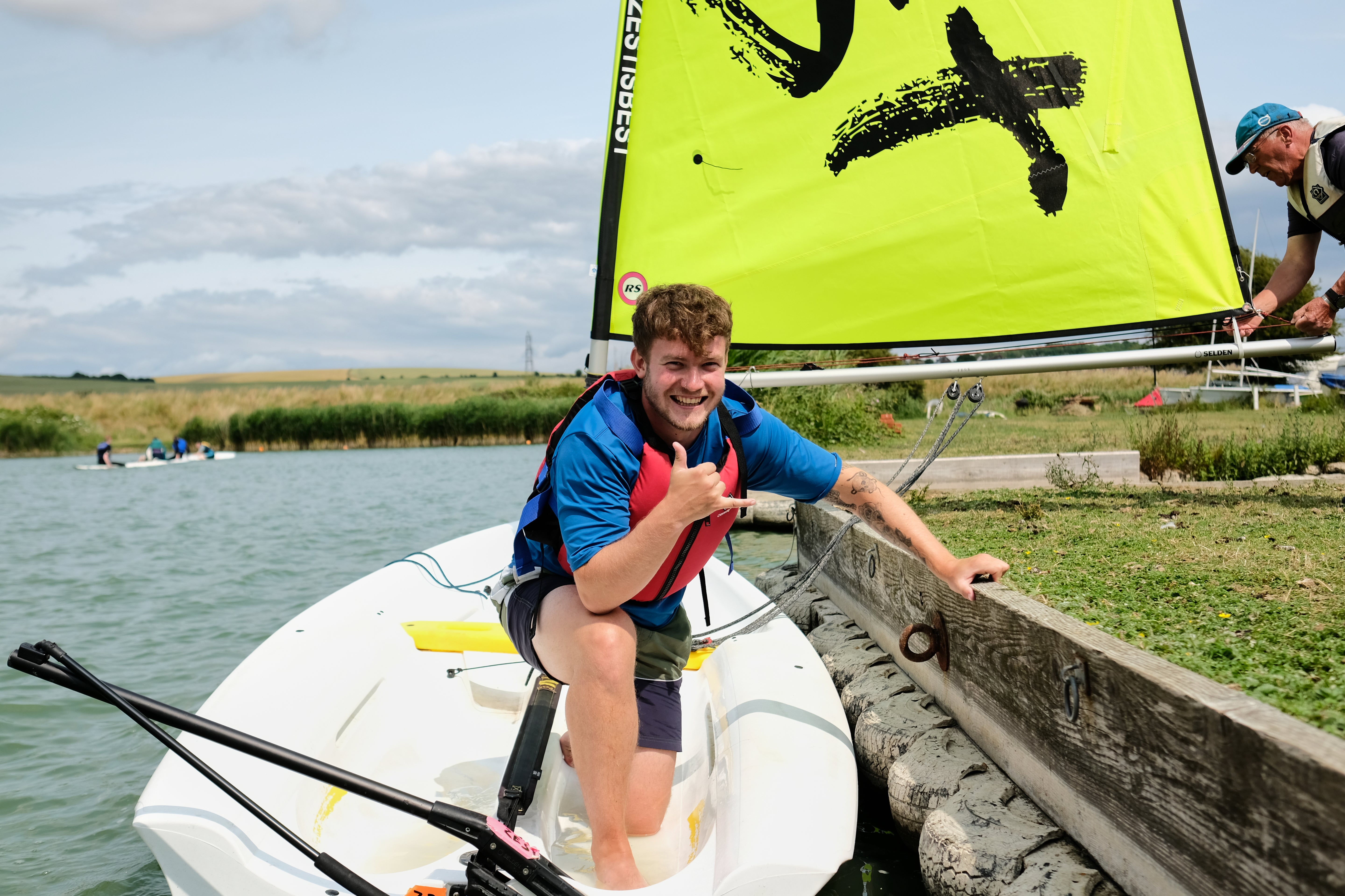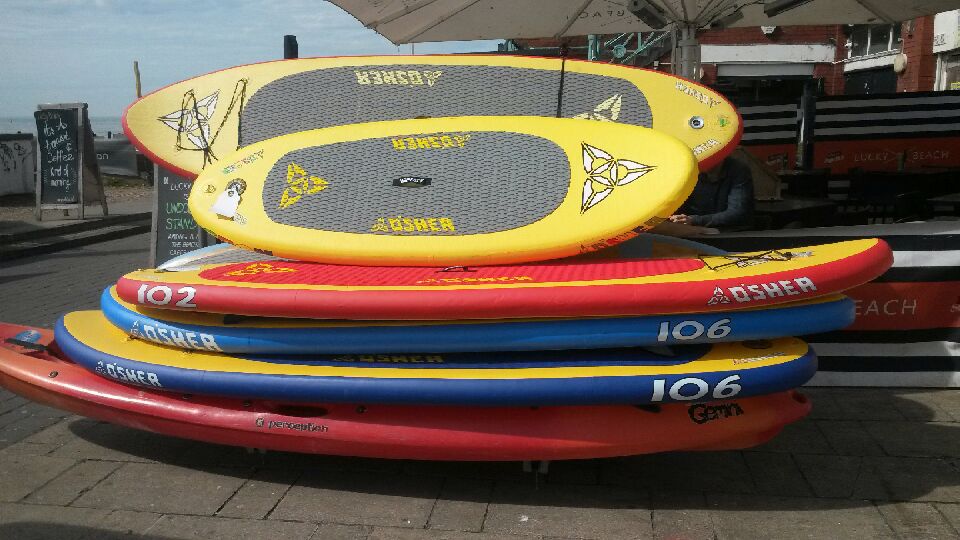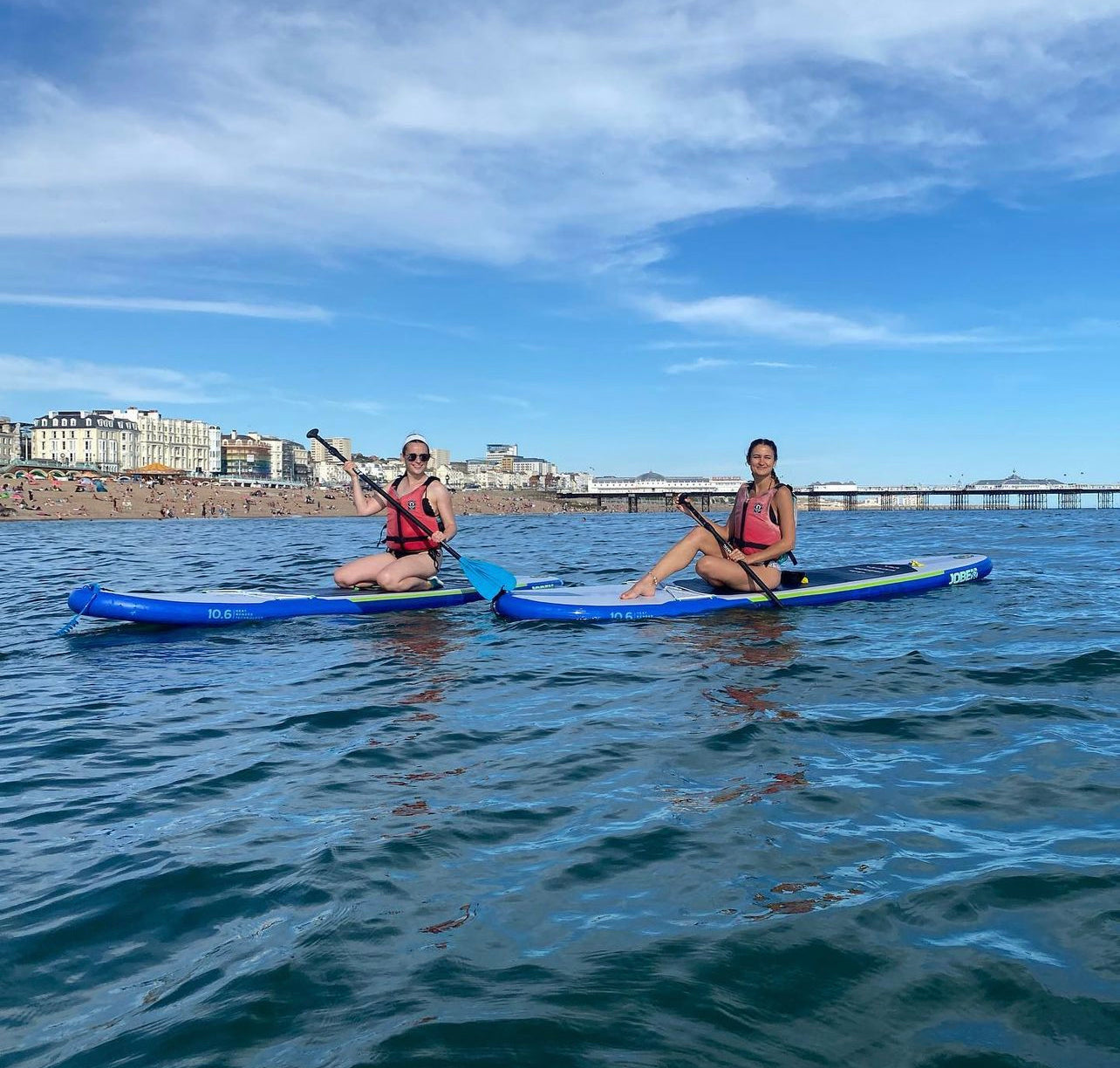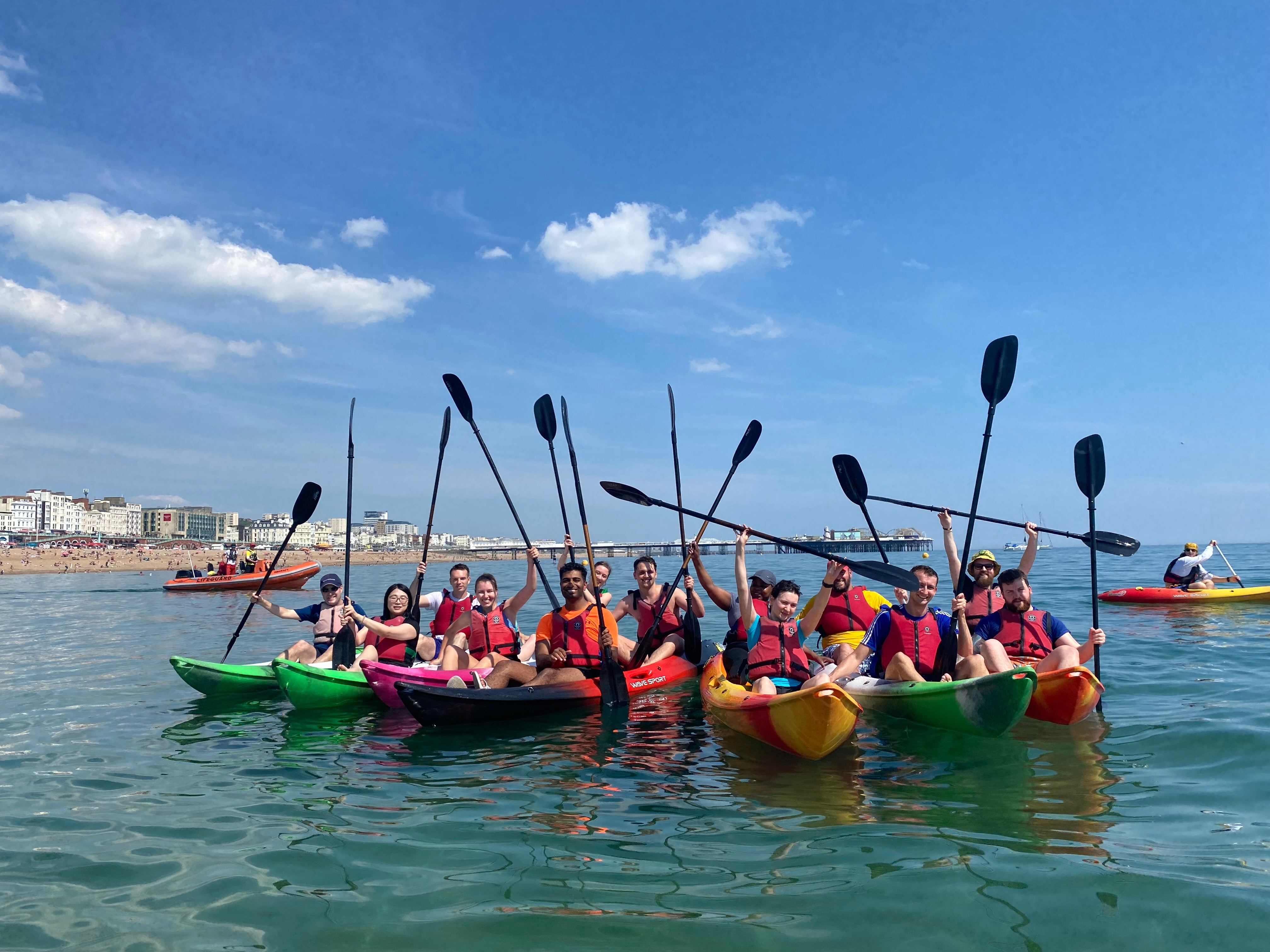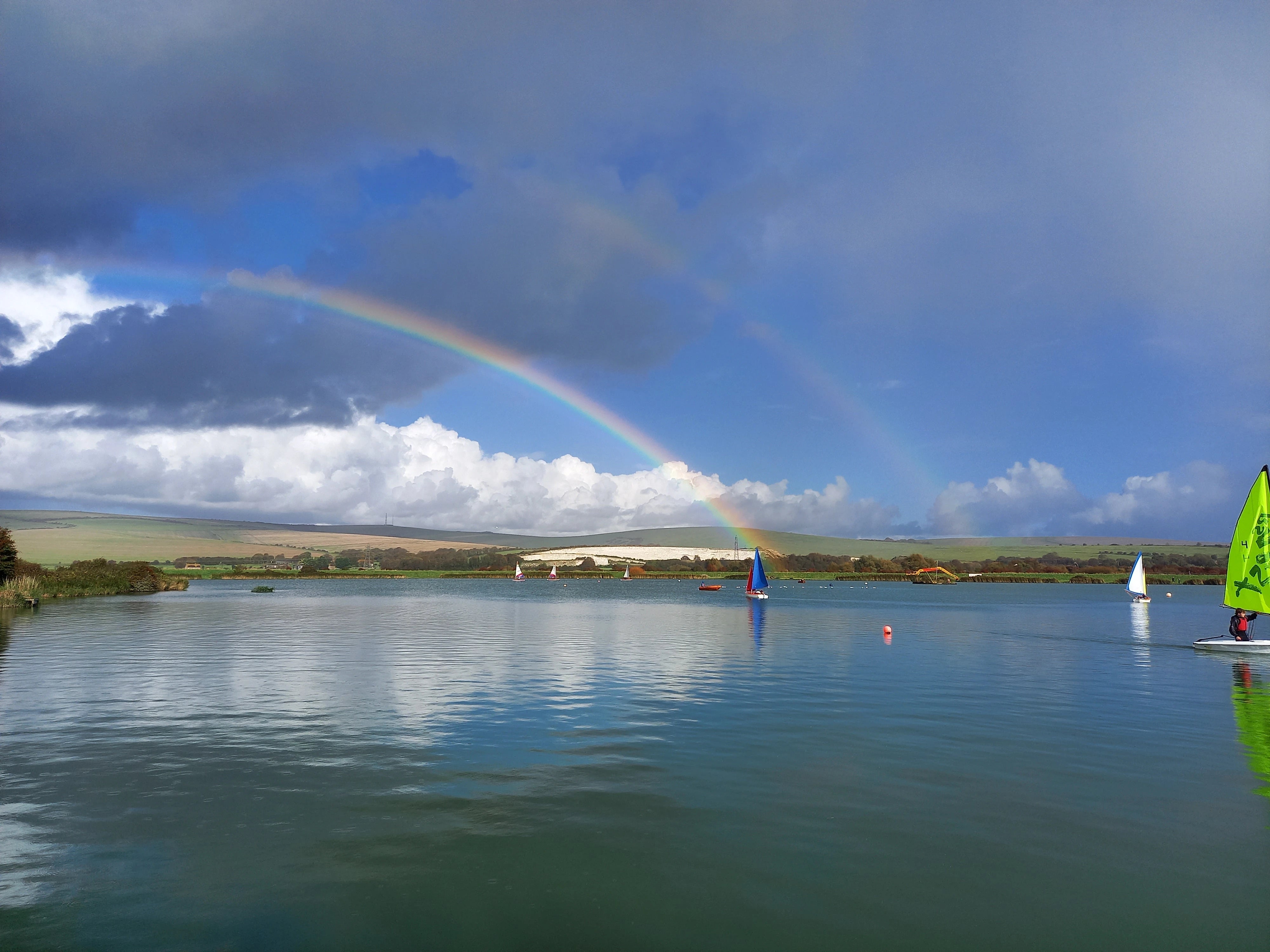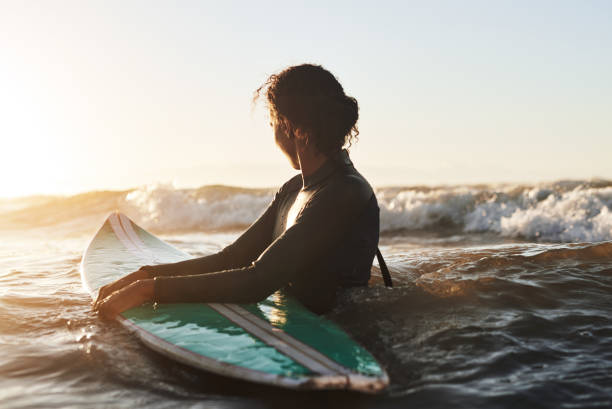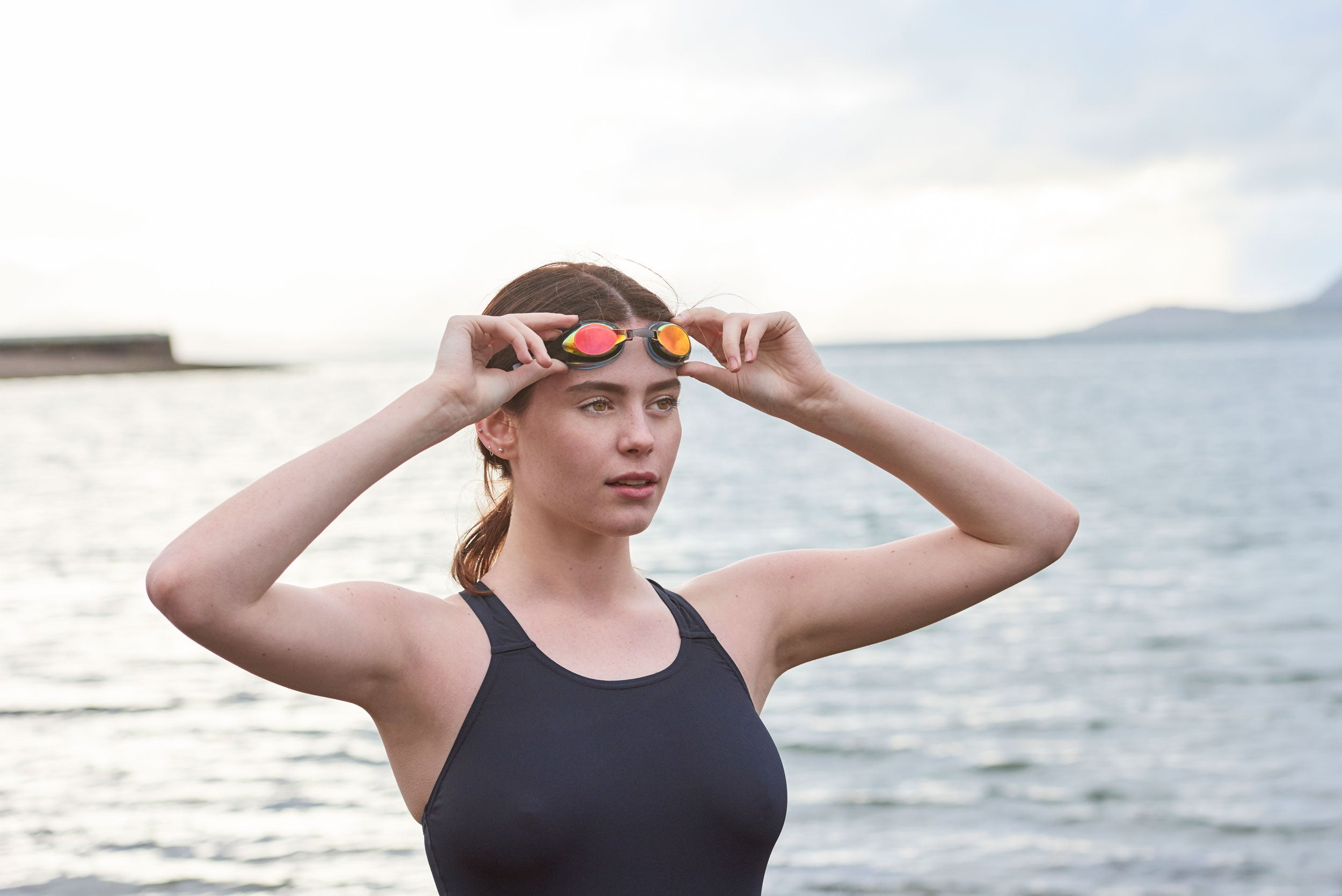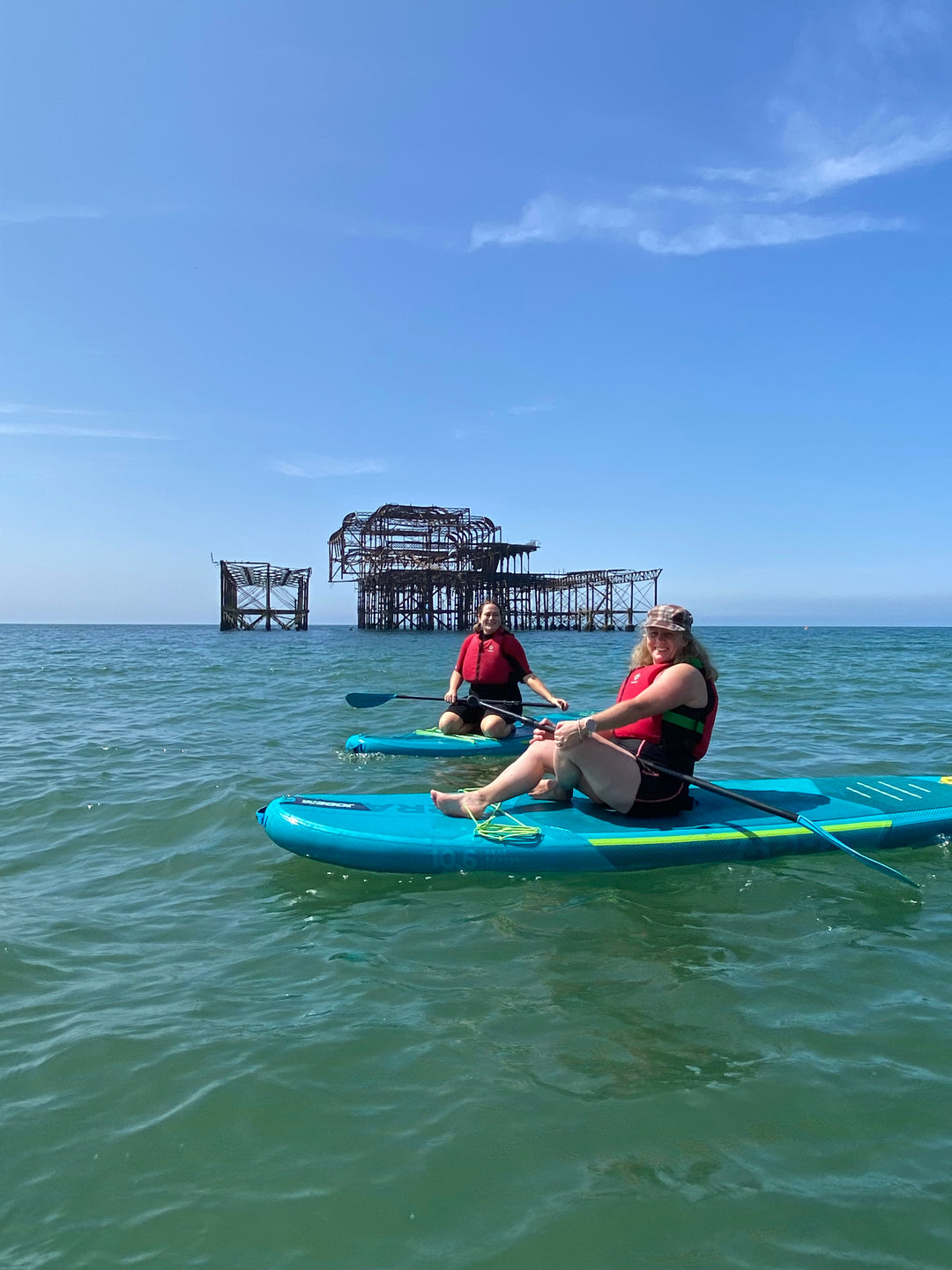Do you Know How To Be Safe At The Beach And What Dangers To Be Aware Of?
We do like to be beside the seaside! Particularly in the warm summer months. But whatever the time of year, we all also need to be safe, aware and learn to respect the sea and local environment. We at Brighton Water Sports would like to give you advice on what dangers to be aware of and ensuring safety during offshore activities, playing in the sea, and spending time at the beach. These beach and sea safety guidelines are crucial to promote your well-being, the protection of marine ecosystems, and the overall enjoyment of your time in the sea. To help you, your family and friends be safe and have a good time at the beach please consider the following guidelines:
- Learn to swim: Before engaging in any sea-based activities, ensure that you possess basic swimming skills and are comfortable in the water. It is essential to be able to navigate and react appropriately in case of emergencies.
- Be aware of weather conditions: Always check weather forecasts and sea conditions before heading out. Strong winds, rough waters, or impending storms can make the sea hazardous. Avoid going into the water during unfavourable conditions.
- Respect lifeguards and beach flags: Pay attention to the instructions provided by lifeguards and respect the meaning of different beach flags. These flags indicate the safety conditions, including water quality, currents, and potential hazards.
- Never swim alone: Whenever possible, swim with a buddy or in designated swimming areas with lifeguards present. Having someone nearby can provide assistance in case of emergencies and ensure your safety.
- Know your limits: Do not push yourself beyond your abilities. Avoid venturing too far from the shore or attempting activities that are beyond your skill level, such as deep-water diving or advanced water sports, without proper training and experience.
- Use appropriate safety equipment: Wear a properly fitted life jacket or personal flotation device (PFD) when engaging in water activities like boating, jet skiing, stand-up paddleboarding, canoeing or kayaking. Make sure your equipment is in good condition and meets safety standards. Buoyancy aids are available from our online store. Click here to view.
- Be cautious of currents and tides: Understand the behaviour of currents and tides in the area you are visiting. Some important considerations include:
- Rip currents: Learn to recognize and understand rip currents, which are powerful, narrow channels of water flowing away from the shore. If caught in a rip current, remain calm, swim parallel to the shore until you are out of its pull, and then swim back to land. If unable to escape, float or tread water and signal for help.
- Longshore currents: Be aware of longshore currents, which flow parallel to the shore. These currents can be strong and may make it challenging to paddle back to the shore. If caught in a longshore current, paddle towards the shore at an angle to escape its pull.
- Tides: Check the local tide charts to understand the timing and intensity of high and low tides. Plan your paddlesport activities accordingly, taking into account potential changes in water depth and currents.
- Stay hydrated: Drink plenty of water and avoid prolonged exposure to the sun. Protect yourself from sunburn by using sunscreen with a high SPF, wearing a hat, and seeking shade during peak hours.
- Respect marine life: Appreciate the sea's biodiversity but avoid touching or disturbing marine creatures, including corals, shells, and other organisms. Never feed or chase marine animals, as this can disrupt their natural behaviours and ecosystems.
- Dispose of waste responsibly: Keep the beach and sea clean by using designated trash receptacles and recycling facilities. Avoid littering or leaving any debris behind that could harm marine life or spoil the natural beauty of the environment.
- Avoid consuming alcohol: Alcohol impairs judgment and coordination, making water activities more dangerous. Minimize alcohol consumption while participating in sea-based activities. At Brighton Water Sports we recommend no alcohol consumption at all before water activities.
- Be cautious of boats and watercraft: Be aware of your surroundings and maintain a safe distance from boats, jet skis, and other watercraft. They may have limited visibility and manoeuverability, posing a risk to swimmers and divers.
- Understand wind conditions: Familiarize yourself with wind patterns in the area. Strong winds can make paddling more challenging, especially if you are paddling against the wind. Be cautious of offshore winds that can push you away from the shore. Check wind forecasts before heading out and adjust your plans accordingly.
- Learn about local regulations: Familiarize yourself with the local laws and regulations regarding sea activities, including paddlesports, fishing, diving, and boating. Abide by these rules to avoid fines and protect the marine environment.
- Be prepared for emergencies: Learn basic first aid techniques and carry a well-stocked first aid kit. Have a plan in case of emergencies and know how to contact local emergency services.
- Follow boating safety guidelines: If operating a boat, adhere to boating safety guidelines, including having proper licenses, maintaining necessary safety equipment, and observing speed limits and navigation rules.
Remember, respecting the sea and prioritizing safety are crucial for everyone's well-being and the preservation of marine ecosystems. By adhering to these rules and understanding currents, tides, and wind conditions, you can enjoy your sea-based activities while minimizing risks and still have a great time at the beach.
